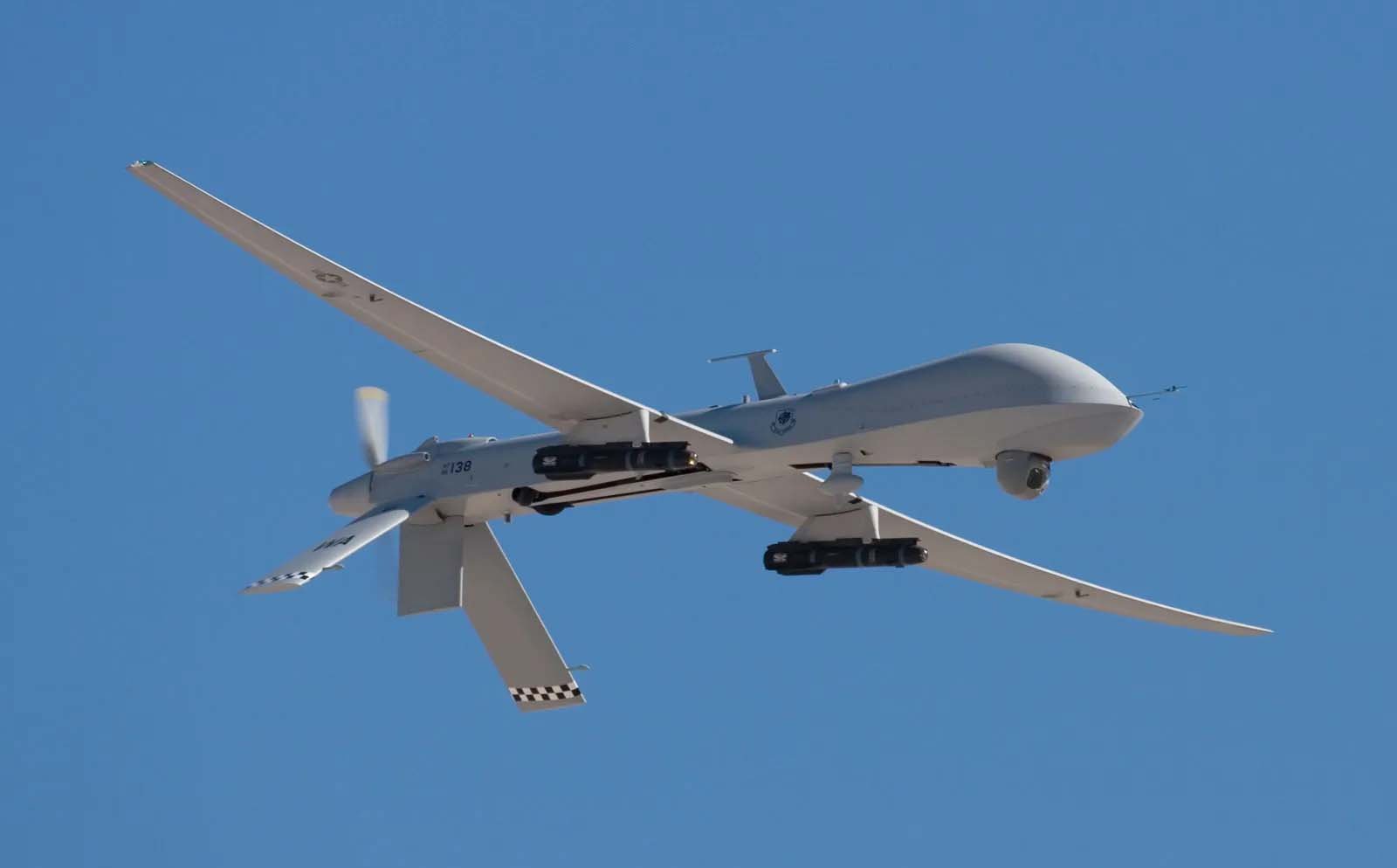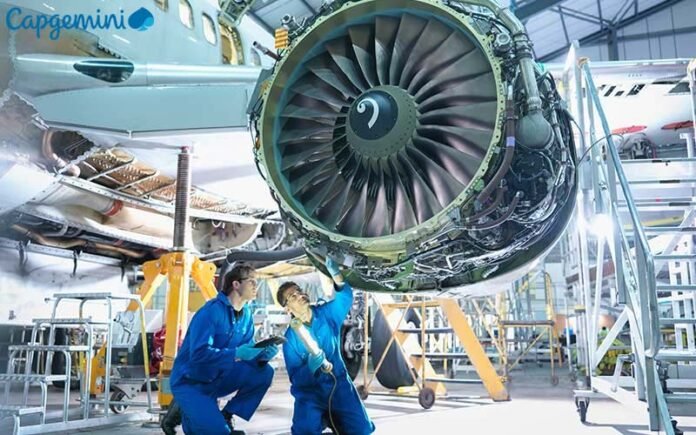The Aerospace and Defence (A&D) industry is constantly evolving to meet the demands of a rapidly-advancing world. As technology progresses by the second, the industry must adapt at the same pace to maintain its crucial role in protecting and navigating both the sky and seas. In 2025, new technologies are expected to reshape the industry, ensuring that it remains a leader in innovation and continues to have a major global impact.
Some of the trends that are likely to arise in 2025 are:
Use of Unmanned Aerial Vehicles (UAVs) or drones
Drone, a type of autonomous system, is expected to have a growing influence in the years to come. With their remarkable capabilities, UAVs are expanding the scope of human intervention. From surveillance and reconnaissance to more complex tasks such as electronic warfare, search and rescue mission, environmental monitoring, and training, drones are proving to be more than just gadgets – they are becoming essential weapons, both for defence and attack purposes. Their ability to take on risky jobs that would typically require human involvement is beyond impressive. In the future, UAVs will likely become even more capable, revealing new facets of what they can do and making a significant impact across the industry.
With their remarkable capabilities, UAVs are expanding the scope of human intervention. From surveillance and reconnaissance to more complex tasks such as electronic warfare, search and rescue mission, environmental monitoring, and training
ZeroUI will replace the traditional interfaces and transform operations
Zero User Interface (ZeroUI) has promising applications in autonomous systems like UAVs and Automated Guided Vehicles (AGVs). It can serve as an optimal Human-Machine Interface (HMI) for voice and gesture control as well as for data analysis and visualisation. ZeroUI also plays an important role in training and simulation, enhancing efficiency, safety, and cost-effectiveness. It will transform the A&D systems, revolutionising the way operators engage with complex equipment and data.
Gen AI is making systems smarter and safer
Generative AI (Gen AI) is fostering a new era of innovation and operational efficiency. It has already made its way smoothly into many areas like aircraft design and optimisation, autonomous systems, simulation, predictive maintenance, and more. What is next? There is no doubt that this groundbreaking technology will further transform the A&D industry in 2025, turning it upside down with the potential to redefine speed, precision, and decision-making capabilities.
Hypersonic technology has the potential to beat traditional defence systems and open- up new possibilities for both military and commercial aerospace
Blockchain will enable greater security and transparency
Blockchain technology is making waves, paving the way for greater security, transparency, and operational efficiency. It is already being applied in critical areas such as supply chain management, secure data exchange, identity verification, and contract handling. By 2025, blockchain is poised to completely transform the A&D industry, transforming the way sensitive data is managed, boosting traceability, and tightening cybersecurity. The technology is set to redefine trust and modernise complex operations like never before.

Hypersonic technology is offering fast and agile systems
We are already seeing advancements with hypersonic missiles and vehicles, which are reshaping military strategies. What is more exciting is that by 2025, this technology could completely transform how we think about defence and travel, with unprecedented speeds and precision. It has the potential to beat traditional defence systems and open- up new possibilities for both military and commercial aerospace.
Looking ahead, hybrid electric aircraft technologies can transform aviation sector by making air travel more sustainable and cost-effective
Hybrid electric aircraft for sustainable aviation and fuel efficiency
Electric and hybrid propulsion technologies are already being developed for smaller planes, aiming to reduce fuel consumption and lower emissions. Looking ahead, these technologies can transform aviation by making air travel more sustainable and cost-effective.
Harnessing the power of Industry 4.0 through digital transformation
The A&D industry will increasingly adopt Industry 4.0 technologies, such as digital twins and additive manufacturing (3D printing), in 2025. Digital twins will allow real-time monitoring of aircraft systems through their lifecycle, improving maintenance protocols and operational efficiency. Additive manufacturing will enable the production of lightweight components with reduced lead times.
-The writer is Vice President, and Industry Platform Leader for Aerospace and Defence – India, Capgemini





